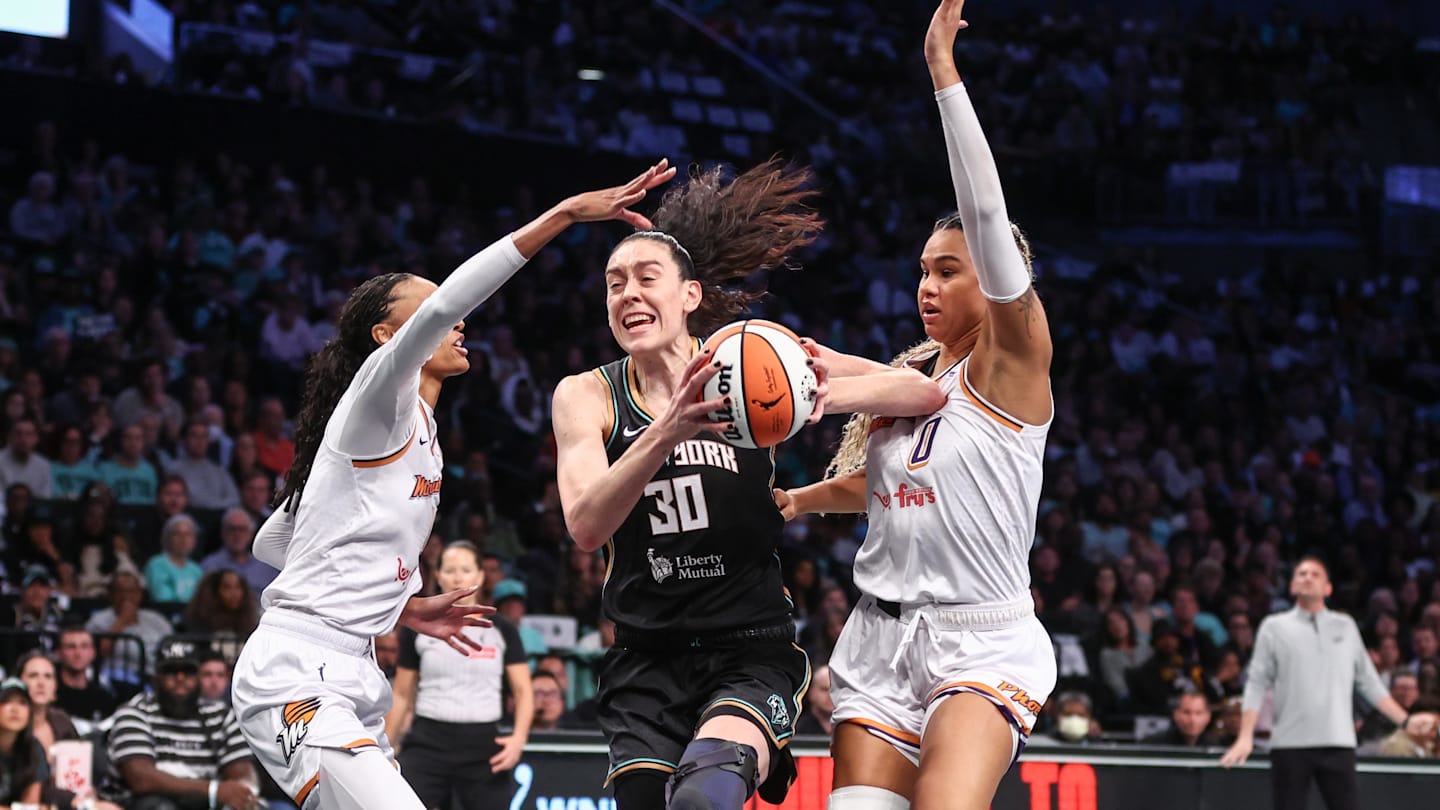What Led to Tyler Robinson's Arrest?
Published: 2025-09-18 00:37:17 | Category: Trump GNEWS Search
On September 11, Tyler Robinson voluntarily surrendered to authorities in Washington County, Utah, following negotiations with Sheriff Nate Brooksby. This came in the wake of a tragic shooting incident involving political commentator Charlie Kirk at Utah Valley University, where Kirk was interacting with a large crowd. Robinson is facing serious charges, including aggravated murder and obstruction of justice, with the state seeking the death penalty.
Last updated: 11 September 2023 (BST)
Key Takeaways
- Tyler Robinson turned himself in after a shooting incident involving Charlie Kirk.
- Robinson faces multiple felony charges, including aggravated murder.
- The state may pursue the death penalty in this case.
- Robinson showed signs of suicidal ideation prior to his surrender.
- The shooting occurred during a public event at Utah Valley University.
Background of the Incident
The shooting incident took place during a "Prove Me Wrong" event at Utah Valley University (UVU), where Charlie Kirk was engaging with approximately 3,000 students and visitors. The gravity of the situation escalated when Robinson allegedly shot Kirk from the roof of the Losee Center, a nearby building. This shocking act of violence has drawn significant media attention and raised questions about safety at public events.
Details Surrounding Tyler Robinson's Surrender
Robinson's decision to surrender was reportedly influenced by his mental state. According to Sheriff Brooksby, Robinson was dealing with suicidal thoughts and was apprehensive about the possibility of a SWAT team arriving at his home. He feared potential confrontations with law enforcement, which likely contributed to his choice to turn himself in voluntarily.
On the evening of September 11, Brooksby received a call from a retired detective, who indicated he had information regarding the shooter. The detective was familiar with Robinson's family through their mutual involvement in The Church of Jesus Christ of Latter-day Saints. This connection facilitated a dialogue that ultimately led to Robinson's surrender.
Legal Proceedings and Charges
Following his surrender, Robinson was taken to the sheriff's office where he was described as cooperative, yet somber. He was later transferred to the Utah County Jail, where he appeared virtually in 4th District Court on September 12. The court proceedings revealed that Robinson faces seven counts, six of which are felonies. The charges are as follows:
- Aggravated murder: A capital felony for intentionally causing the death of Charlie Kirk.
- Discharge of a firearm causing serious bodily injury: A first-degree felony, motivated by political reasons.
- Obstruction of justice: A second-degree felony for moving the firearm used in the crime.
- Obstruction of justice: A second-degree felony for disposing of clothing worn during the shooting.
- Witness tampering: A third-degree felony for instructing his roommate to delete texts.
- Witness tampering: A third-degree felony for directing his roommate to remain silent.
- Violent offence in the presence of a child: A Class A misdemeanor.
The Utah County Attorney's Office has confirmed that they will seek the death penalty for Robinson, marking a significant escalation in the legal proceedings against him.
Current Status and Next Steps
In a notable detail during his court appearance, Robinson was seen wearing a suicide-prevention smock, which is standard for high-profile inmates at the Utah County Jail. This measure underscores the ongoing concerns regarding his mental health and the seriousness of the charges he faces.
Robinson's next court date is scheduled for September 29, where further developments in the case are anticipated. The unfolding legal proceedings will be closely monitored as they highlight important issues surrounding public safety, mental health, and the implications of violent acts influenced by political motivations.
Wider Implications and Considerations
This incident has sparked a broader conversation about the safety of public events, especially those involving political figures. The motivations behind such violent actions are complex, often rooted in a mixture of personal grievances and larger ideological conflicts. As the case progresses, it may prompt discussions on how to better secure events and protect individuals engaging in public discourse.
FAQs
What led to Tyler Robinson's surrender to authorities?
Tyler Robinson surrendered after being contacted by a retired detective who identified him as the shooter in the incident involving Charlie Kirk. Fearing a confrontation with law enforcement, he chose to come in voluntarily.
What charges is Tyler Robinson facing?
Robinson faces seven counts, including aggravated murder and multiple counts of obstruction of justice. The state is seeking the death penalty in this case.
What was the context of the shooting at Utah Valley University?
The shooting occurred during a "Prove Me Wrong" event attended by approximately 3,000 people, where Charlie Kirk was speaking. Robinson allegedly shot Kirk from the roof of a nearby building.
When is Tyler Robinson's next court date?
Robinson's next court date is set for September 29, where updates regarding his case are expected to be discussed.
How is Robinson's mental health being addressed in the legal process?
Robinson was seen wearing a suicide-prevention smock during his court appearance, indicating that his mental health is being closely monitored due to concerns about his wellbeing.
As this case continues to develop, it raises pressing questions about the intersection of mental health, political extremism, and public safety. How society responds to such incidents may shape future policies and community safety measures. #PublicSafety #MentalHealthAwareness #PoliticalViolence



